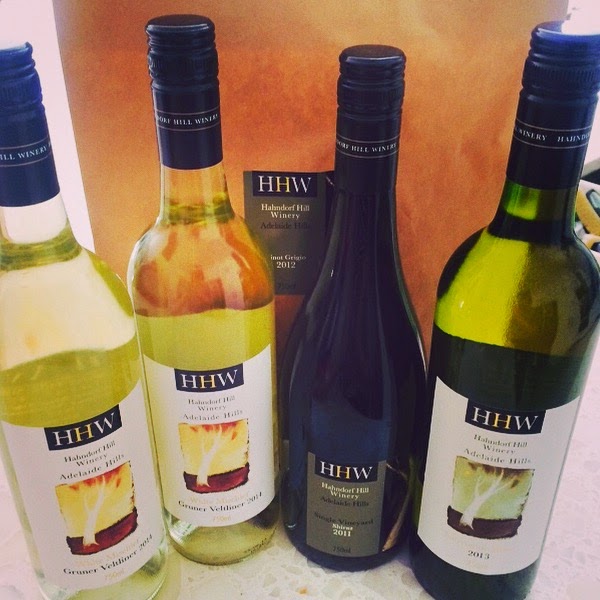Wine grapes grow from Mexico to British Columbia. The wide range in climates that grapes can grow results in different tasting wines. For this reason, wine regions are grouped into two major climate types: Warm Climate vs. Cool Climate. If you understand the general characteristics of both climate types, you can explore new wines from the climate type you prefer.
Warm climate regions tend to have more consistent temperatures throughout the season. The slow drop off from summer into fall gives grapes ample opportunity to become fully ripe but the negative is that more natural acidity in the grapes is lost. You can generally assume that warm climates produce grapes with more ripe fruit flavors and less acidity.
Examples of Warm Climate Wine Regions
- California
- Argentina
- Australia
- Southern Italy
- Greek Islands
- Central & Southern Spain
- Central & Southern Portugal
- Most of South Africa
- Southern France
- Southern Italy
Cool climate regions definitely get just as hot as warm climates in the peak of the season. However, it is the fact that the temperatures drop off so quickly towards harvest that make the wines taste different. Lower temperatures preserve the acidity but they also make it difficult for grapes to ripen. You can generally assume that cool climate wine regions tend to produce tart fruit flavors and have more acidity.
Of course, the vintage plays a major role in the outcome. You can have a cool vintage create incredibly ripe tasting wines and vice-versa. This is why vintage matters so much, particularly if you tend to prefer cool climate wines.
Examples of Cool Climate Wine Regions
- Northern France
- Oregon
- Washington State (see chart)
- New York
- Chile
- Hungary
- New Zealand
- Northern Italy
- South Africa
- Austria
- Germany
- Northern Greece & Macedonia
The lists of climate regions are a little generalized. It’s possible to have a ‘micro-climate’ that’s within a larger climate type. A great example of a microclimate is San Francisco. Technically, the city should get really hot in the summer, because all the surrounding areas do. However, because San Francisco has a marine fog layer in the mornings, it stays a lot cooler.



























